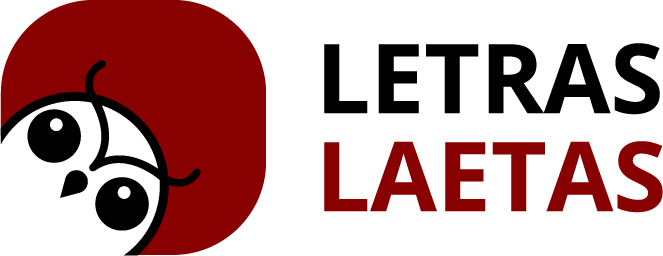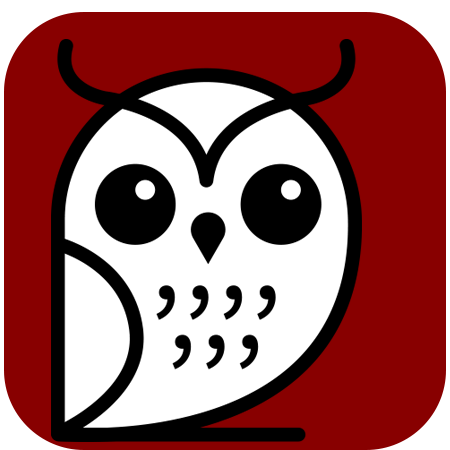A content marketing plan helps companies with various issues, among others, to build a strong brand on the Internet, attract users through stories and speeches, increase conversions, and also build customer loyalty. Depending on the stage of the Customer Journey (CJ) we can use different types of content to guide the customer during their journey. In this post we will cover the following topics:
What is the Customer Journey (CJ)?
Content marketing does not necessarily focus on promoting a product or directly calling the customer to buy. In fact, this type of approach is considered invasive and less and less liked by potential buyers. We start from another approach that considers a broader panorama.
The current marketing trend is not to focus on the product and its sale, as before when only the 4 Ps were considered: product, place, price and promotion; but now we also focus on the user or potential customer and the 4 C: customer, communication, convenience and cost..
When focusing on the customer, we have to consider the process that they live from when they discover that a product or service exists until after they make the purchase. This process is known as Customer Journey. The CJ consists of four stages:
- Discovery. It is called like this because at this stage the person becomes aware that there is a brand, product or service, which serves as a satisfaction for some of their needs.
- Consideration. After knowing that this satisfies one of your needs, it is very likely that you will begin to search for more information and compare the values and benefits that the discovered brand and its competitors provide.
- Conversion. After having researched and considered their alternatives, as well as the pros and cons of a purchase, the user finally decides on one of their options; we call this conversion.
- Loyalty. Although it might be thought that when making a purchase the process ended, this is not the case, rather companies with a good marketing strategy will have to find a way to retain the customer by providing good after-sales service and staying in their mind. If the marketing strategy is successful, the happy customer becomes an ambassador of the brand and will recommend it to his acquaintances.The best marketing of all because it does not have an additional cost to the company in question.
What is a Content Marketing Plan?
But hey, why did we stop to talk about CJ previously? Well, because content marketing is just one area of communication in the comprehensive marketing plan. Before communicating anything in the media or channels of a company, it is necessary to have a comprehensive strategy. The content marketing plan is a secondary step in which the marketer or communicologist will land on blog articles, infographics, gifs, memes, statements, reports, etc. what has previously been defined by the marketing strategists, who must work based on the objectives of the management of the company.
Types of content for each stage of the Customer Journey
Many times the content plan must take into account the Customer Journey and thus accompany the client and resolve their doubts on their journey. The right content, at the right time, can help the customer at each of these stages:
| Etapa | Type of content |
|---|---|
| Discovery. This process begins when the person discovers a new satisfier for a need. It can be a product, a service or other things such as a musical group, affinity with the ideas of a politician, etc. |
|
| Consideration. Perhaps that person wonders if the product or service in question is good and performs a search on the Internet where they can find reviews and more information about the product, for example: its origin, is it national or imported? Does it contain genetically modified organisms? Is that company’s trade fair? Do they test animals? Do they treat their workers well? etc. |
|
| Conversion. After they have done their research, the person finally makes the purchase. |
|
| Loyalty. The client is satisfied with the product and therefore recommends it to his acquaintances. |
|
Benefits of a content marketing plan
Although it may seem like hard work, having a content plan has many benefits. Some of them are listed by Alexander Jutkowitz, advisor, investor and branding specialist, in his article “The Content Marketing Revolution“:
- Encourage more opening of potential customers to learn more about your business. According to the Content Marketing Institute, 70% of people prefer to learn about a company through an article rather than an advertisement.
- It allows companies to react in real time, offer greater transparency and create a strong brand identity for a fraction of the price of traditional marketing tactics, and in less time.
- When done well, it encourages companies to tap into internal resources and knowledge to become masterminds.
- Trained journalists and writers are in the best position to synthesize information, capture the reader’s attention, and deploy critical editorial policy.
- Branded content is a brave new world, and a brand’s editorial team, regardless of how it’s organized, must learn to live and breathe a company’s bottom line while being mindful of the types of stories that attract readers.
- Content has miraculously given brands a greater purpose as there is now a commitment to storytelling and editorial integrity.
- Brands are no longer just selling products, they are producing, discovering, and distributing information. And because they do, the company becomes not only an economically important partnership, but also an intellectually essential one.
- Content can be the means by which a brand shapes and influences the business and consumer landscape; It can be a thoughtful investment in the legacy of a company.
- Thanks to quality content, companies and brands can become opinion leaders, change agents and experts.
Essential elements of a content marketing plan
As we have said before, this plan must be based on the objectives previously determined by the management of the company and even the sales area. The marketing department will look for the best way to communicate the key messages required to be given to the selected audiences.
In another blog article we have discussed that a content strategy should not be complicated. It is essential to ask these questions:
- Why. The reason why we are publishing certain content.
- Who. The person or group of people who will see the content in question.
- What. What I am going to publish is a video, a review, a technical sheet, etc.
- When. The specific date and periodicity of this type of publication.
- Where. Through which channels, which media or social networks our audience visits.
- How. The most appropriate way to do it must be determined.
How to develop a content marketing plan?
For a detailed, step-by-step guide, you can consult our entry: “Digital content plan: formula to do it“. There are various resources for its preparation. Some of them are:
- SWOT analysis. This analysis aims to know the strengths, weaknesses, opportunities and threats of a company, in order to have a general perspective about the company before taking the next steps.
- Market survey. Through the combination of two models to study the macroenvironment and the microenvironment. The PESTEL: political, economic, social, technological, economic and legal factors; as well as Porter’s forces, to understand the situation of a company.
- Buyer persona. It is a model in which a fictitious person is created to represent our potential client, considering demographic, geographic and psychographic data. For the same project there may be different buyer personas.
- Customer Journey. Model that helps us understand a customer’s journey and all its points of contact with the brand, through the discovery, consideration, purchase decision and loyalty stages. An ideal empathy tool to improve the user experience.
- Editorial schedule. It defines the means through which the publications will be made and the dates on which they will be made. This document is used to keep track of a company’s publications and the topics it addresses through its own media, such as its website, the corporate blog and its social networks or paid media, such as digital magazines, banners advertisements, among others.
- The content marketing plan is essential to communicate, in an orderly and goal-oriented way, the information that a company or a brand wants to make known to a specific audience.
- There are various tools to make a content plan. Many of them focus on the customer, rather than the product.
- If you would like more information about how content marketing can help you, contact us!


